The system of physical exercises, meditation, harmonizing the mental state of a person, are combined into a set of actions and philosophical principles of yoga. Yoga Challenge for two is one of the most popular trends in ancient teachings. Exercise is necessary, adhering to the recommendations and photos of the complex in order to bring maximum benefit to the body.
What is yoga challenge
The combination of classical Hatha yoga, traditional Thai massage techniques, meditation and breathing techniques has formed the yoga challenge. Such a system of knowledge implements the principle “wish for happiness to our neighbors, gives rise to all the happiness of the world; and all the world's sufferings are generated by the desire for happiness only for oneself. "
Pair yoga is aimed at gaining trust not only in your body and soul, but also in your partner's inner world and body. It is important to know! Pair yoga is built on complete trust and cooperation between the participants. Rivalry of the type "who is more flexible or stronger" is not allowed.
Number of participants and interaction
The yoga challenge requires two participants, but you can do the exercises with three. If the partner is busy, to improve physical fitness, you can perform asanas alone. Asanas and photographs of special strengthening exercises for one person, two or three participants are performed according to certain rules.
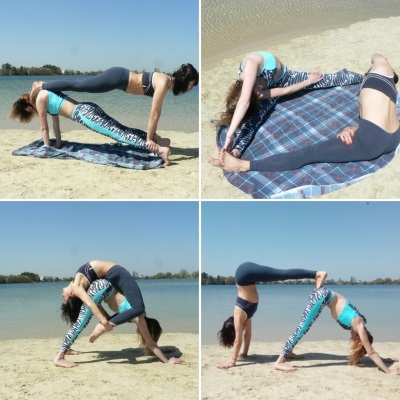
Smooth, simultaneous movements of partners, supporting each other in stances, form a harmony of unity between them, which distinguishes the yoga of trust from the traditional Indian technique of physical and spiritual development.
In the process of jointly overcoming difficulties, the personal qualities of the participants grow and improve, new facets of their spiritual capabilities are developing:
- There is a release from the energy blockade leading to physical illness.
- Human health is strengthened.
- The mind gets rid of anxiety.
- Body and mind are immersed in a state of harmony.
Partners, in the process of performing asanas, learn to trust and rely on each other. Thanks to joint efforts, the speed of mastering new positions increases and the technique of performing exercises improves. A close physical and mental bond is formed between the participants. In group lessons, time passes interesting and fun, communication and interaction skills between people are developed.
Anyone can do yoga of trust, people with different levels of physical development are able to perform asanas suitable for them. The classic exercise pair consists of a man and a woman, and mother and daughter, child and parent can also work together. People who were previously unfamiliar in group classes calmly find a mate.
It is important to know! Yoga Challenge allows you to create a trusting relationship not only with your loved one. It allows you to establish good relationships with friends, learn to understand your children.
Health benefits of the technique
Yoga Challenge for two, photographs of which demonstrate the technique of performing exercises, is a training of strength of mind and body for both partners. A man and a woman in the "Boat" pose retained a moment of peace and joy of partners while performing the asana.
There are 2 aspects in practice - these are:
- physical, mastering body control;
- spiritual, the subordination of reason and the acquisition of inner harmony.
Improving these interrelated skills allows you to climb the ladder of human spiritual development.
The body benefits of exercise are as follows:
- With the systematic and disciplined performance of exercises, the flexibility of the body develops, the ability of muscles and ligaments to stretch increases.
- The metabolic rate rises, providing a decrease in body weight and consolidation of this effect.
- An excellent posture is formed, the curvature of the spinal column is corrected, the spinal muscles develop.
- The development of arthrosis and osteoporosis is prevented, the fragility of bones is eliminated.
- The work of the heart, vascular and immune systems is normalized.
- The production of stress hormones is normalized.
- The vestibular apparatus and the ability to clearly control the body develop.
The development of the mind and the strengthening of the psyche is provided by:
- Mastering the technique of meditation, which allows you to control and manage pain.
- Achieving harmony within yourself.
- A feeling of real happiness and freedom.
- Knowledge of one's own spiritual nature.
- Reduced stress, and improved sleep.
Contraindications and possible harm
Diagnoses in which yoga is contraindicated:
- Mental disorders.
- Chronic diseases of the functional systems of the body.
- Various acute infections.
- Severe damage to the spine.
An untrained person should not take traumatic asanas.
If there is a sharp pain or a deterioration in health, yoga training should be stopped. During the exercises, the trainee should not experience sharp pains. The load should be increased in stages to prevent injury.
Advice! You should start practicing after eating only two hours later. After visiting the bathhouse, postpone the start time for 4 hours. It is better to conduct classes in the morning.
What you need for classes
Yoga - a challenge for two, photographs of which demonstrate the technique of performing exercises - trains willpower. The main condition for starting to master the yoga of trust is mutual striving and good mood. Before starting classes, you need to study the theoretical part together with your partner on your own, or by contacting an instructor.
Clothing for exercise should be comfortable, made of natural materials that allow air to penetrate the skin. Classes are held barefoot on gymnastics mats. For maximum immersion, choose calm music or sounds of wildlife.
Yoga Challenge for One Person: Poses
Asana is a "balanced stance" in which the body and mind are in harmony. The ability, for a long time, to concentrate attention on maintaining the position of the body with the fixation of consciousness on specific points of the body (chakras) is needed to perform meditation.
Asanas are the basis of all the following spiritual techniques.
Advice! Before starting the lesson, you should warm up and properly warm up the muscles of the body. For this, yoga has a special set of asanas. They are done separately. When performing asanas, one should concentrate on the body, relaxing, throwing out all disturbing problems from the head, completely immersed in meditation.
Asanas should be done smoothly and slowly, feeling your breath. Correct breathing helps to relax the muscles of the body, to clarify the mind - this is the main secret of the effectiveness of these exercises.
The time for doing the exercises depends on the degree of preparedness of the student, you should start with 20 seconds and strive to increase the time to 1 minute. The maximum recommended asana retention time is 5 minutes.
- Pose "Mountain" (Tadasana). Stand on the mat with a straight back, shoulders are straightened, the press is tucked up, the gaze is directed forward. The area of the feet is closely pressed against the surface of the mat, the weight of a person is evenly distributed over their outer part. In order to increase the complexity of the position, you need to rise on your toes and stand, maintaining balance.
- Pose "Tree" (Vrikshasana). From the position of the "Mountain" asana, smoothly go to vrikshasana, bend one leg at the knee joint, lift up along the opposite thigh, and rest your heel in the groin area. Calmly raise your arms above your head, unite your hands with your palms. Stand, maintaining balance, at the highest point. Do not bend your back, strain the abdominal press. Change legs and repeat the exercise.
- Pose "Triangle" (Trikonasana). The initial position - the legs are wider than the shoulder girdle, the supporting foot is set at right angles to the body axis. Tilt the body to the side of the leg that holds the body weight, rest your palm on the floor surface or lower leg. Raise the second hand above the head, place the palms of two hands along one line.
- Lateral angle pose (Uttita parsvakonasana). From the "Triangle" pose, go to the next asana, bend the supporting lower limb in the knee joint until the angle is close to a straight one, and straighten the other, leading back. The arm raised up should create an imaginary line with the leg extended.
- Warrior Pose (Virabhadrasana). Slowly move from the previous position to the new one, raising the supporting arm above the head and turning the torso towards the supporting leg. Hands are raised above the top of the head, hands are in contact with palms. The foot of the supporting leg is aligned along the body axis, the second foot is turned 10 degrees.
- Pose "Reach for the foot" (Prasarita padottanasana). Put your feet slightly wider than the shoulder girdle, turn the socks slightly inward. On exhalation, tilt the body forward, the legs remain straight. With your hands, lean against the surface of the floor, along one imaginary line with your legs, strive to reach with your head the plane of the floor in the area of the hands, in the lowest position. If there is insufficient stretching of the muscles, which does not allow the hands to reach the surface of the floor, grasp the lower leg with your palms.
- Stretch your back pose (Uttanasana). From the asana "Reach the foot", perform the following actions. Calmly connect the legs, the sternum touches the thighs, the arms should be pulled back as much as possible behind the shins. Tighten the abdomen for deep breathing. Round the back.
- Downward facing dog (Adho mukha svanasana). We flow from position 7 to position 8. The palms rest on the floor surface, the feet are carefully pressed to the floor plane, but at the level of the shoulder girdle. Maintain a right angle between your torso and your shins. Bend in the back, neck relaxed.
- Pose "Closed corner" (Baddha Konasana). This asana is similar to the Butterfly exercise. Take a sitting position, knees bent, feet brought together. Strive to relax the muscles and press the outer thigh against the floor.
- Pose "Hero" (Virasana). Stay seated, buttocks rest on the surface of the heels. Connect your palms in front of you.
- Pose "Straight Staff" (Dandasana). Sit on the plane of the floor, lower your arms along the torso and rest your palms on the surface of the floor. Press the abdomen in, keep your back straight. Perform deep breathing.
- Pose "Head to Knee" (Jan Shirshasana). Sit on the floor area, one leg is straight, the other is bent at the knee joint, the heel rests on the groin. Bend with the body forward, trying to touch the place behind the kneecap with the chin. The palms clasp the foot and pull the body towards themselves.
- Pose "Head on Knees" (Pashimotasana). Sit on the exercise mat, fold forward so that the sternum is pressed against the knees, and the nose against the lower leg. Hands reach forward.
- Seated Angle Pose (Upavishta Konasana). Stay on the floor area. Spread straight legs in different directions in the possible full width.Keeping your back straight, you need to tilt the body and strive to reach with your palms to the toes of your feet.
- Pose "Sage" (Bharadvajasana). Sit on the floor, socks look forward, take two legs bent at the knees to the right to the buttocks. Turn the case to the left by 45 degrees. The straightened right hand rests on the left thigh, the palm is pressed to the surface of the floor. Bring the left hand behind the back while exhaling, the left palm grasps the right forearm above the elbow joint. Turn the head to the right, the eyes look in the direction of the right shoulder.
- Pose "Bridge" (Setu bandhasana). Lie on the flat floor. Raise the buttocks up, Do not bend the legs, support the body at the lower back with your hands.
- Inverted Lake Pose (Viparita karani). Do the "Birch" stand, straight legs are brought together and directed vertically upward, the back is bent, palms rest on the lumbar region and support the pelvis.
- Pose of "Serenity" (Shavasana). Lie on the exercise mat. The body is relaxed, the arms are slightly apart, the legs are slightly apart. Concentrate on heaviness in the muscles of the body. On inhalation, imagine that energy rushes into the body and accumulates near the navel, on exhalation it spreads throughout the body.
Yoga challenge for two
Pair yoga classes develop the body, strengthen health and strengthen the relationship with your partner. Each couple should choose such poses that they can perform without straining and with pleasure. There are a large number of paired exercises for both beginners and masters of learning.
The main thing to learn this science should be gradually, without haste, complicating the intended goals, during each lesson. Yoga challenge for two - photographs of asanas show the racks that need to be taken if the exercises are performed correctly.
- Pose "Pair breathing". Companions take a position facing each other, then turn their backs. You need to relax and feel your body, concentrate on your breathing, and then on the breathing of your partner. The first participant inhales, the other exhales synchronously. Then the order changes. This pose must be held for 4 minutes.
- Pose "Twisting around a partner". The partners sit in the Lotus asana, pressing their backs. You must tune in to your companion's breathing. At the same time, as you exhale, together with your partner, reach up to the top. Slowly one of the participants turns to the right and places the right hand on the companion's left knee, and puts the left hand on the right knee with the palm of his hand. The second partner changes position in a mirror image. The position is held for 4 breathing cycles, slowly return to the original position and do the exercise in the opposite direction.
- Downward Double Dog Pose. Stand in front of the companion's back, both participants bend the body, maintain a right angle between the torso and legs, the legs and arms remain straight. The front participant takes turns slowly placing the feet on the companion's lumbar region. Hold the asana for 2-4 minutes. Return to original stance, catch your breath. Partners change places.
- Inverted Triangle Pose. The couple takes a position with their backs to each other. Set your feet about a meter wide. Simultaneously with your partner, make a pulling movement with your right hands to your left leg, palms rest against the surface of the floor behind the feet. Raise straight left hands up, look at them and fix. Hands should be placed along a straight line.
- Standing Forward Bend Pose. Become with your partner's buttocks to each other and slowly tilt forward, hug the companion with your arms over the shoulders, the partner repeats the movements synchronously, stay in this stance for 4 minutes.
- Pose "Pose of a tree". Partners stand sideways to each other, hold hands. Leaning on the parterre hand, transfer the body weight to the opposite leg from the companion, turning the other leg as far as possible to the side and bending it at the knee. With the heel of the bent leg, rest against the groin area. Hold the asana for 4 minutes.Take a break and turn the other side.
- Pose "Bend to the feet." Stand back to back, snuggle tightly. Slowly bend forward, touch your own feet with your hands and gently hug your companion's knees.
- Pose "Dancing Shiva". Stand in front of each other. Combine your own palms in a prayer gesture at chest level. Raise one leg, gently bend it at the knee joint and cross it with the partner's bent leg, hold the position of 2-4 inhalation exhalation. Repeat the asana with the other leg.
Advice! When performing asanas, it is not allowed to talk to each other. This disturbs breathing and concentration. You need to control your emotional mood. Expression turns meditative efforts into hooliganism and self-indulgence.
Examples of exercises for three
Yoga Challenge positions for three people require a serious degree of physical fitness and trusting relationship between the participants.
Positions for beginners:
- The first asana is done while standing, all companions stand in a row. Raise the hands above the crown of the head, and hold each other. Bend the right leg at the knee joint and rest on the thigh in the groin area of the other lower limb, balance on one supporting leg, concentrating on breathing.
- The first partner rests on the surface of the floor with his palms, between the torso and shins maintain an angle of 90 degrees. The second companion repeats the position of the first, only his feet rest not on the surface of the floor, but on the lower back of the first participant. A prerequisite - the bodies of the participants must be bent at an angle of 90 degrees. The third participant also takes a similar position, the second partner serves as a support for him.
Advice! You need to bring a bottle of water to your yoga class. During exercise, there is a serious expenditure of energy, and water helps to maintain vigor.
Yoga Challenge for Kids
Experts say that children from 5 years old can start doing pair yoga. The main condition for effective training is to choose the right posture for training.
The challenge for kids has three goals:
- To bring parents and children together to achieve one goal, which creates an excellent opportunity for spending time together and creating a trusting relationship between participants.
- Generate children's interest in yoga and physical activity in general.
- Promote the socialization of children, identify new opportunities for interaction and communication between children of different ages.
Yoga challenge for two. Photos of the racks show the correct body position of the participants when performing asanas.
Children's paired yoga challenge asanas:
- Instructions for performing double asana Inverted triangle See above in the Yoga Challenge for Two section of the article.
- Asana "Back to back". One partner sits on the surface of the floor with his legs straight and extended forward. Keep your back straight. Bend forward until the sternum stops in the kneecaps. The other participant slowly lie down with his shoulder blades on the partner's back, arms open to the sides, do not bend the legs. The body is stretched along one line.
- Asana "Boat". Children sit on the floor with their feet touching, their backs straight. Raise your legs off the floor, rest them on your partner's feet. Companions hold hands and remain stable in this position.
- Asana "Stretching or double sandwich." Relaxation pose. Sit down opposite, snuggle your feet tightly. With your hands, grab the companion's elbows and slowly stretch, the head bends to the knees. Do not bend your legs.
- Asana "Heart". Standing back to back, children hold hands. Bend your back, leaning forward. When viewed from the side, it looks like a stylized image of a heart.
- Asana "Temple of two hands". Children stand opposite each other. There should be a distance between partners equal to the outstretched arm. Raise your hands, connect them with your palms. Lean forward slowly, the partners' hands slide over the shoulders. The back should be arched. The movement ends when the foreheads of the guys touch.
Trust yoga develops in children an awareness of cohesion, responsibility, understanding skills and the ability to interact in a group.
The importance of breathing
The main factor in paired yoga workouts is even and correct breathing. Without focusing on breathing, workouts lose their meaning, becoming ordinary physical education.
At first, in certain asanas, it is very difficult to jointly follow the required breathing rhythm for partners. Over time, with the correct exercise, you can learn to feel the inhalation and exhalation not only of your own, but also of your companion. As a workout, try to breathe in unison without performing poses.
Yoga - a challenge for two - a direct road to health and longevity. Classes will allow you to get rid of negative emotions, accumulated stress, will improve your mood and well-being, as well as please your friends on social networks with unusual and original photos.
Video about asana options in yoga challenge
Paired asanas:
https://www.youtube.com/watch?v=1FGDsOGftds
Yoga for children:

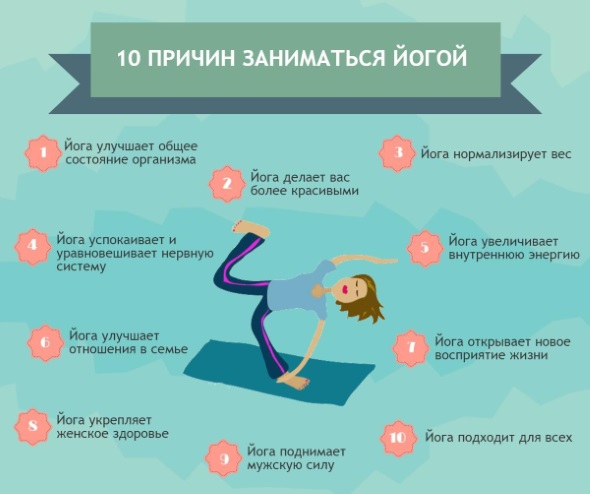
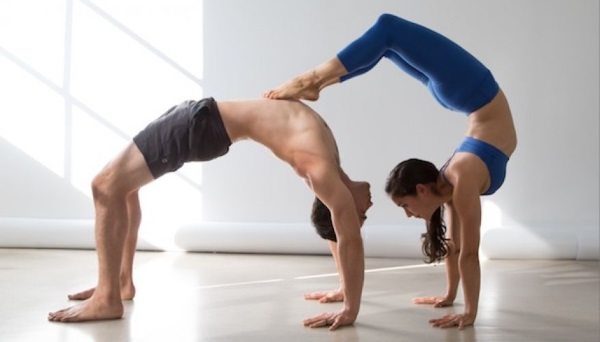
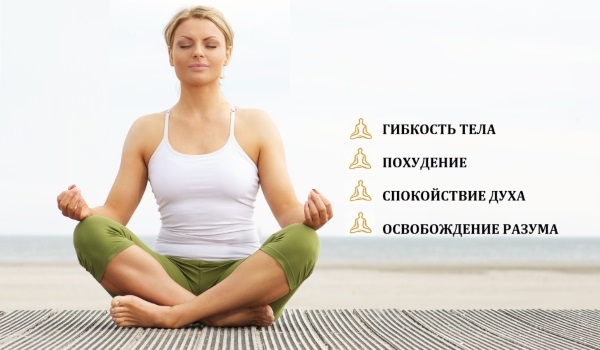
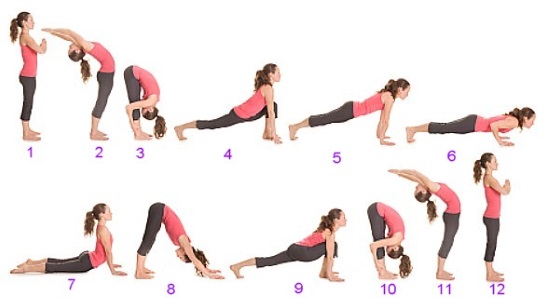
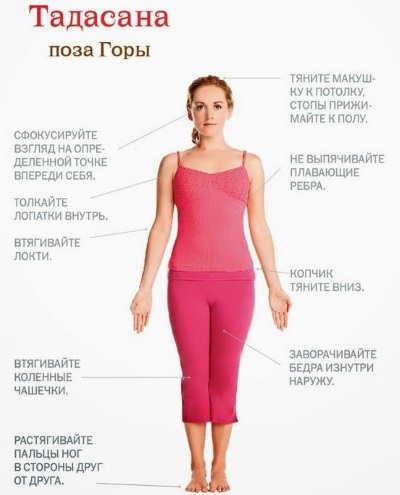
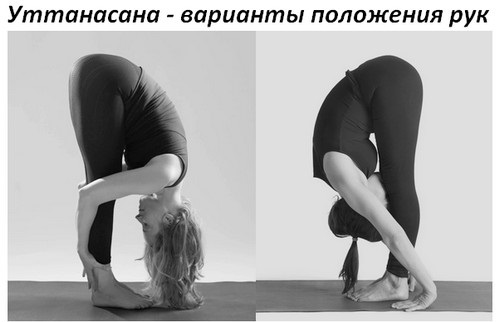
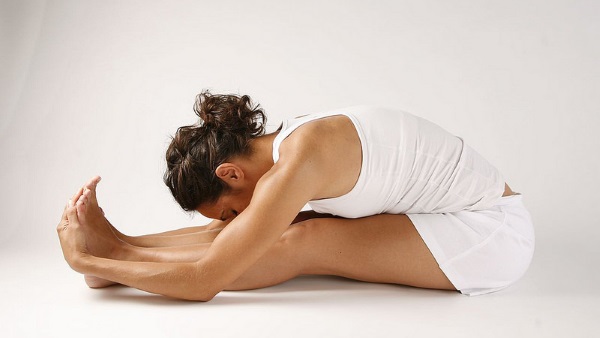
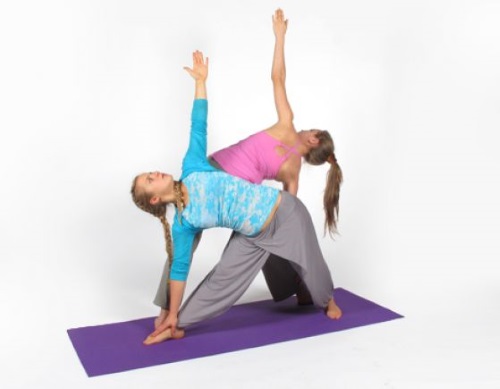
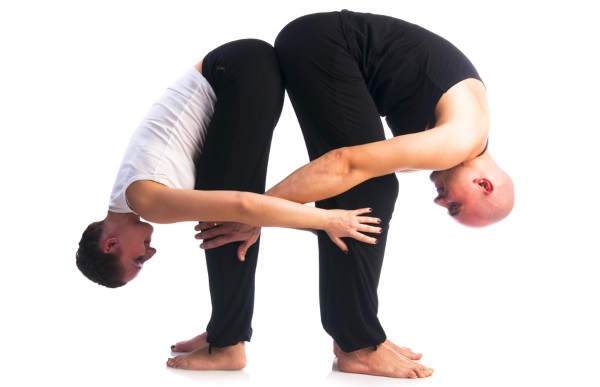
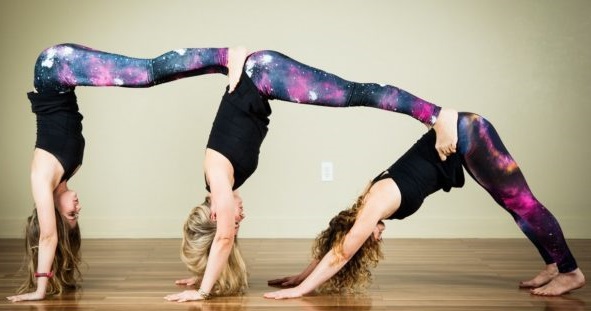
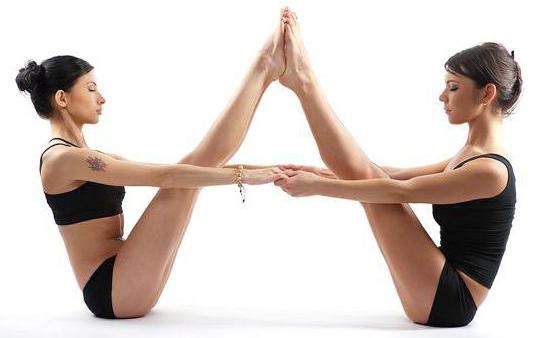
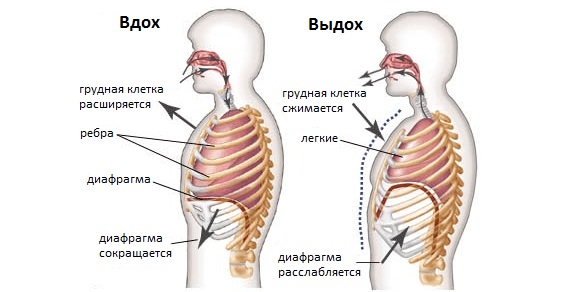
My husband and I once saw enough of a video with beautiful couples who perform asanas on the seashore. We got inspired and went to try. Unity did not work 😀 Of course, it is difficult without preparation. Plus, from your clumsiness, you start to laugh and nothing happens at all. But the desire to feel all this remained. I think I can enroll somewhere, learn.